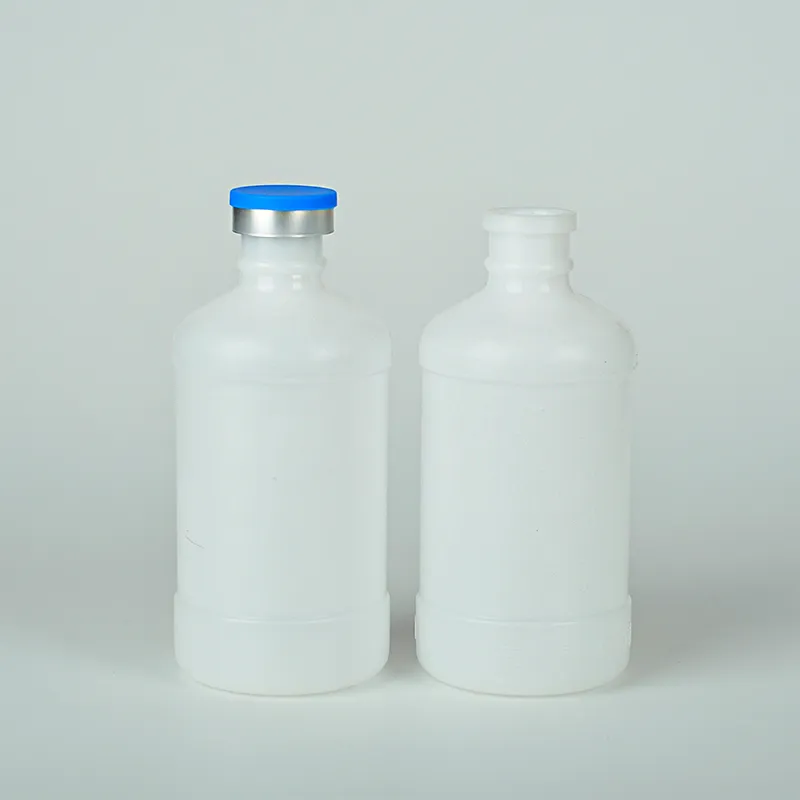35mm tissue culture dish
Understanding the 35mm Tissue Culture Dish A Key Tool in Biological Research
The 35mm tissue culture dish is a fundamental tool in biological research, particularly in cell culture and tissue engineering. These dishes, typically made from glass or polystyrene, provide a controlled environment for the growth and study of cells in vitro. Their size makes them an ideal choice for a variety of applications, ranging from basic cell biology experiments to advanced therapeutic research. In this article, we will explore the features, applications, and significance of the 35mm tissue culture dish in scientific research.
Features of 35mm Tissue Culture Dishes
The most notable characteristic of the 35mm tissue culture dish is its size. With a diameter of 35mm, these dishes are small enough to facilitate handling and transport while still providing sufficient surface area for cell attachment and proliferation. Typically, they have a flat bottom, facilitating a uniform environment for the cells. The dishes may also come with different surface treatments, such as tissue culture treated (TCT) surfaces that enhance cell adhesion, making them perfect for anchorage-dependent cell types.
Additionally, many 35mm tissue culture dishes are designed to be sterile and disposable, ensuring that researchers can maintain aseptic conditions
. The clear plastic or glass allows for visual inspection of cell growth without removing the cover, which is vital for maintaining sterility and avoiding contamination. Some dishes also feature lids that provide a barrier while allowing gas exchange, which is crucial for aerobic cells during culture.Applications in Research
35mm tissue culture dish

The applications of 35mm tissue culture dishes are vast, covering various fields within biological sciences. One of the primary uses is in cancer research, where cell lines are grown to study tumor behavior, drug responses, and cellular mechanisms. The controlled environment provided by these dishes enables researchers to manipulate various factors such as nutrition, pH, and temperature, simulating in vivo conditions as closely as possible.
Moreover, microbiologists often employ 35mm dishes for bacterial cultures and antibiotic sensitivity testing. By introducing different antibiotics to the cultures, researchers can evaluate the susceptibility of various bacterial strains, contributing to the development of effective treatments.
Beyond basic research, the 35mm tissue culture dish is also essential in regenerative medicine and tissue engineering. Scientists utilize these dishes to cultivate stem cells, study differentiation processes, and develop tissue constructs for regenerative therapies. The ability to observe and manipulate cell behavior in a controlled environment aids in the understanding of complex biological processes and the development of potential clinical applications.
Conclusion
In summary, the 35mm tissue culture dish is an indispensable tool in the laboratory, fostering advancements across numerous biological disciplines. Its practical size, compatibility with various cell types, and ease of use make it an excellent choice for researchers aiming to uncover the intricacies of cellular function and behavior. Whether investigating cancer biology, microbiology, or regenerative medicine, the 35mm tissue culture dish plays a crucial role in shaping modern scientific research. As technology advances and new methodologies are developed, these dishes will continue to facilitate groundbreaking discoveries that can lead to improved understanding and treatment of diseases, ultimately enhancing human health and well-being.
-
Aesthetic Makeup Spray Bottles | Fine Mist Empty RefillableNewsAug.19,2025
-
White Plastic Veterinary Vaccine Vials | Lab Liquid BottlesNewsAug.18,2025
-
Plastic Medicine Liquid Bottle: Secure Flip Top Drug VialsNewsAug.17,2025
-
Durable 250ml Blue Plastic Vaccine Vial for Lab & Vet UseNewsAug.16,2025
-
Sterile Virus Sample Tubes: Secure & Reliable Specimen CollectionNewsAug.15,2025
-
White 250ml Plastic Vaccine Vial for Lab & Vet MedicineNewsAug.14,2025
























